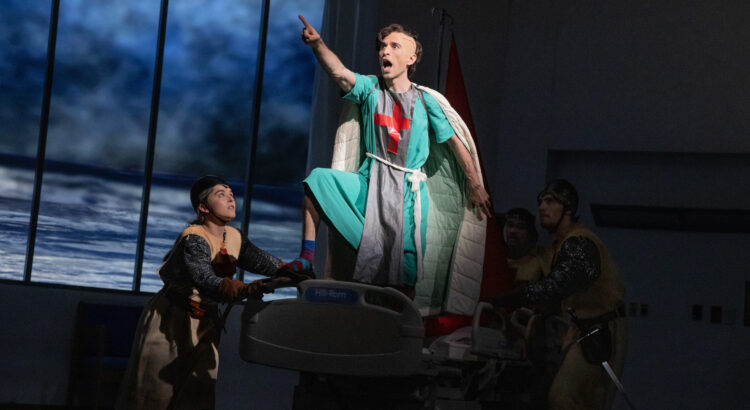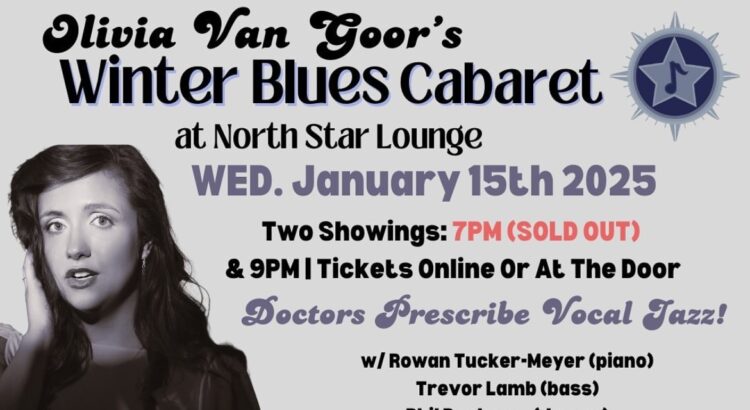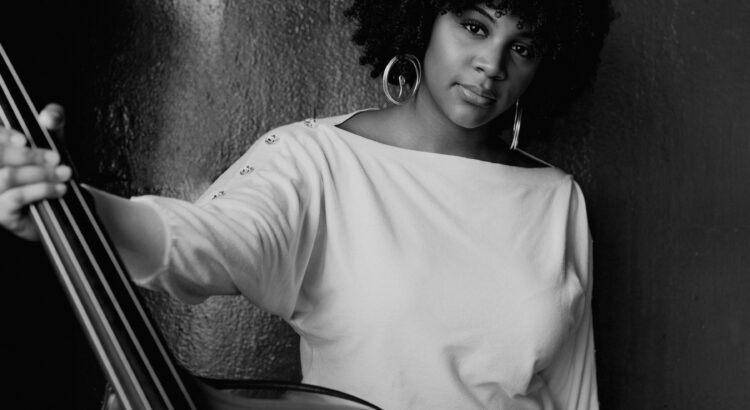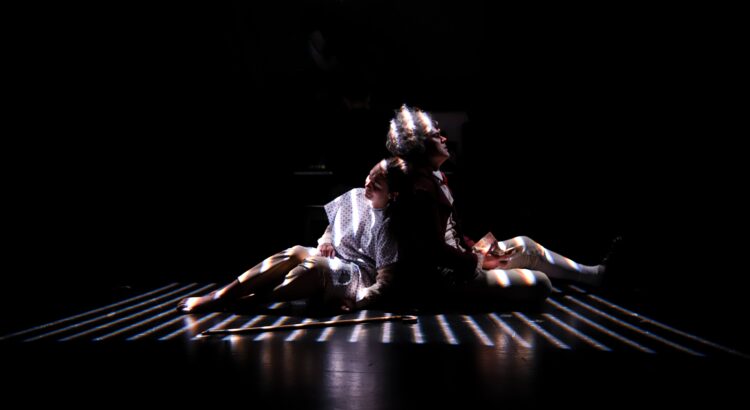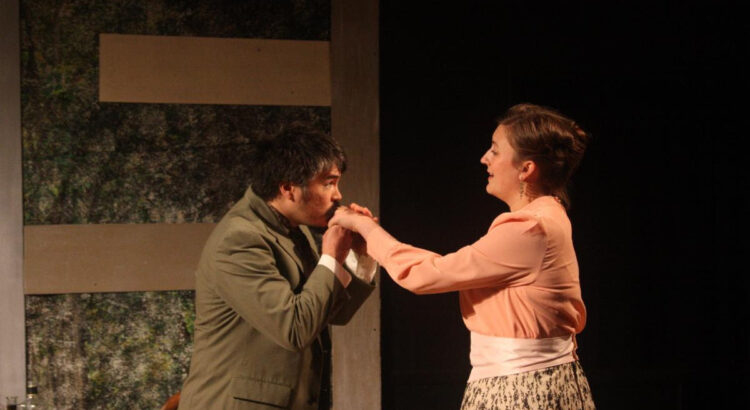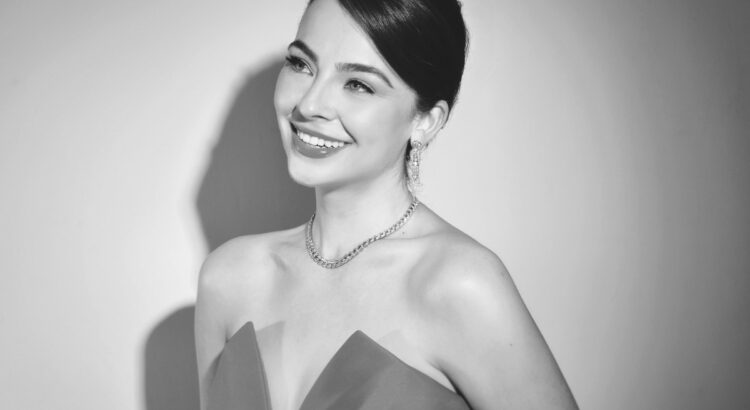February 28 | 7:30 pm | Detroit Opera House
Handel’s “baroque blockbuster” Rinaldo made a stylish return to the Detroit stage last week. This production was transplanted from the 2023 Glimmerglass festival, and unlike the Hero’s Journey that opera admirers will recall. We replace the depths of the First Crusade with a modern hospital ward nestled into the imagination of a young Rinaldo (Anthony Roth Costanzo) recovering from an unspecified brain operation. Director Louisa Proske entertains the idea of inception: Rinaldo playfully distracts himself with stories of knights and magic, distancing him from the bruting hero some remember. Decked out in sandals, a teal hospital gown, and a cape made from his basketball bedding, he’s the hero of his own story.
The curtain rises to a bleached, hopeless hospital facility. An unconscious child lays across the room from Rinaldo, who we learn to be Almirena (Elena Villalón), another recovering child and the woman of his affections. King Goffredo (Kyle Sanchez Tingzon, a silvery-smooth countertenor) doubles as the king laying siege to Jerusalem and a real-life father to the hospital-bound princess. Within Rinaldo’s dreams and Almirena’s recovery, the malevolent sorceress Armida (Nicole Heaston) captures the young maiden, and the call to save her beckons Rinaldo.
Mr. Costanzo is one of the most engaging operatic performers you’ll see today: dramatic, genuine, and ethereal. His countertenor voice glitters above the sweeping Detroit Opera Orchestra (under the baton of Roberto Kalb). Ms. Heaston similarly carries a luminescent voice and powerful presence, which warranted plenty of “Bravas” from passionate audience members. 26-year-old Villalón effortlessly delivered the heart-wrenching “Lascia ch’io pianga”, under the angelic harpsichord player John Etsell. Her youth radiated in her Almirena with apt grace and humility.

Originally, Armida carries romantic feelings for Rinaldo in Act II—it didn’t quite land in this adaptation. A frisky sorceress suddenly fawning over a young boy felt a bit awkward, though it seemed Proske hoped audiences to realize the character as a manifestation of the children’s illnesses.
Though Rinaldo’s disposition is whimsical, the undertones can feel more bleak. Ms. Proske’s adaptation presents a philosophical question about suffering children, especially in relation to the opera’s theological underbelly. Why would a loving God hurt children? With healthcare at the forefront of many Americans’ minds, a certain empathy arises naturally for our heroes, and their fanciful reality now carries more sympathy.
This adaptation was avoidant of the tacky feel some modern productions can have. Its dramatic roots remained intact while experimenting heavily, and that feat is to be celebrated within an art form over 400 years old. If the power of love resonates (much like all these fantastic voices), I think this opera can work in many new ways.
Images thanks to the Glimmerglass Festival and The Detroit Opera.

